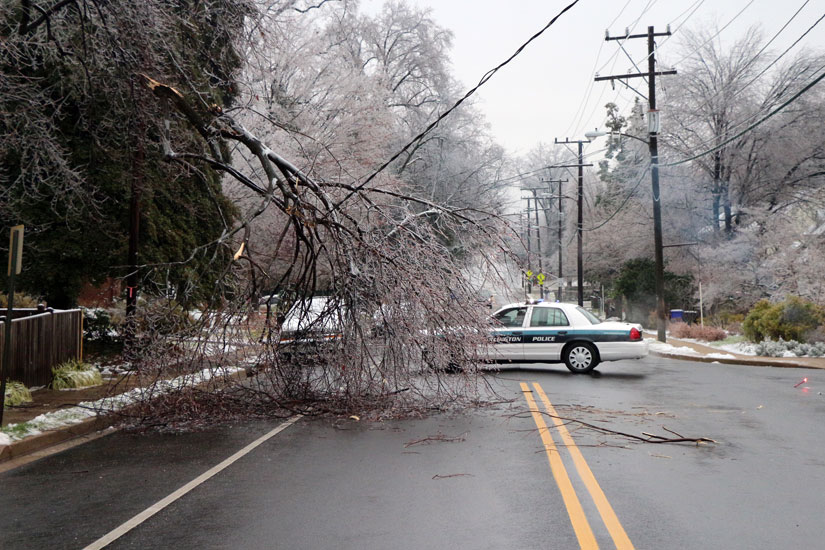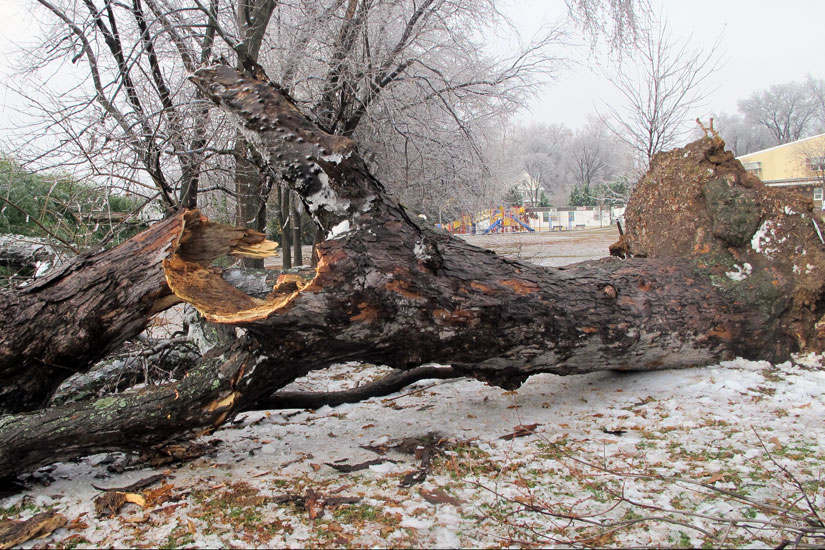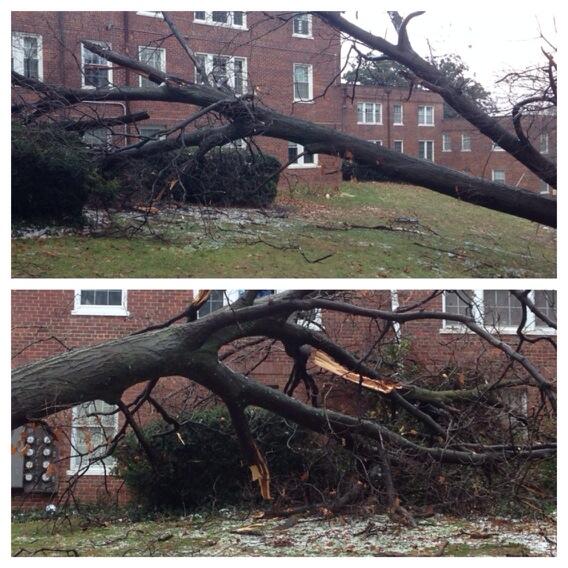If there’s one lesson to take away from Arlington’s Metro Safety Seminar Wednesday night, it’s don’t evacuate a train until told to do so. Even though a woman died after not being able to evacuate a disabled, smoke-filled train outside of the L’Enfant Plaza Metro station earlier this year.
In the case of smoke in a tunnel, Arlington County Fire Department and Metro will work together to figure out the source of the smoke and decide if evacuation is necessary, officials said Wednesday at the seminar in Ballston.
Self-evacuating early often leads to injuries and more trouble, said Robert Joy of the Washington Metropolitan Area Transit Authority during a panel on Metro safety hosted by the county’s Emergency Preparedness Advisory Commission (EPAC).
There’s also the problem of the third rail, which is a major electrocution hazard, running at more than 700 volts, Joy said.
Joy was joined by ACFD Captain David Santini and ART Director Stephen Yaffee to speak about how to be a safe rider on public transit, including Metrobus, Metro or ART bus. The panel spoke to a small audience, mostly consisting of older Arlington residents, many of whom identified themselves as members of EPAC.
For the most part, audience members were concerned about smoke filling Metro cars, noting the L’Enfant Plaza incident in January.
Smoke in Metro tunnels is not an unusual occurrence, Sanitini said.
“We report to smoke on the Metro several times a month,” he said, adding that most are “minor in nature” usually resulting from trash burning on the rails or small insulator fires.
In the case of smoke filling the cars, passengers should listen to the intercoms, Joy said, as the conductors will tell people when to evacuate.
“Just because the trains stop doesn’t mean it’s an emergency,” he said. “And we’ve had some people self-evacuate a perfectly good train.”
If a train needs to be evacuated, firefighters will come to the train to help passengers evacuate, Santini said. Metro also posts instructions for opening the doors in emergencies and how to evacuate.
Evacuation should be the last resort as walking in the tunnels and jumping from the train can result in injuries, such as broken ankles or legs, he said.
Joy acknowledged that there were problems with understanding the intercoms, which can make emergency situations more stressful. Dust often gets in the speakers, which make them hard to hear.
“We understand that the intercom system isn’t always up to snuff,” Joy said. “I sometimes wonder what they are saying.”
Fixing the intercoms by making sure they are cleaned is an easy step that Metro can do to make riding safer, said John Brown, director of Arlington County Office of Emergency Management.
“I don’t think we can wait for a federal report. There’s low hanging fruit that we know we can fix,” Brown said.
Throughout the discussion, audience members offered suggestions that Metro can implement to improve passenger safety, including more information on car walls. These suggestions will be compiled in a letter and brought before the Arlington County Board, said Board member Libby Garvey.
Garvey and Brown also took a couple of minutes to talk about emergency preparedness in general, telling the audience they should know what to do for everyday emergencies, like weather-related events, or in the case of a decidedly not-everyday emergency: a nuclear attack.
“We really all need to be prepared, not just for these events that happen pretty regularly but also when the unimaginable happens,” Brown said.
In the case of a nuclear attack, people should “shelter in place” and put as much concrete between them and outside, Garvey said.
The last thing people should do is go outside and see what happened, she said. Instead, people should “camp inside” until its safe to go outside.
“We all need to be prepared for camping for three days,” Garvey said.


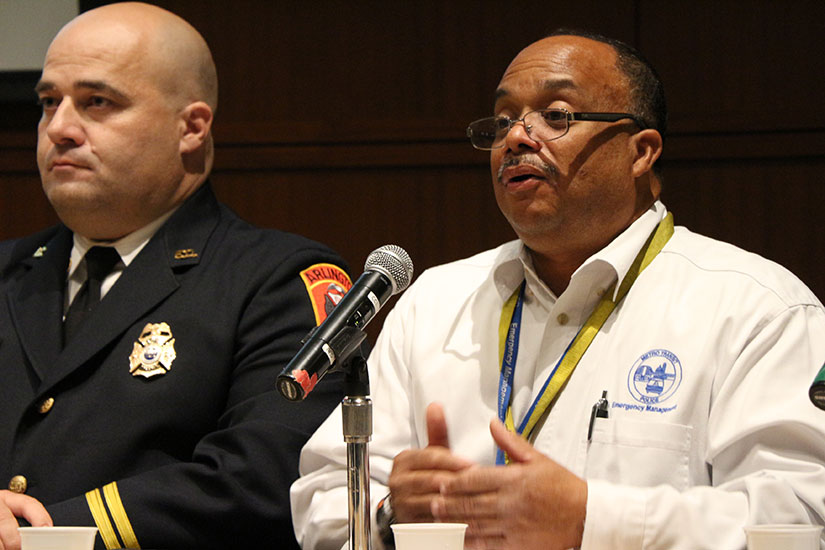
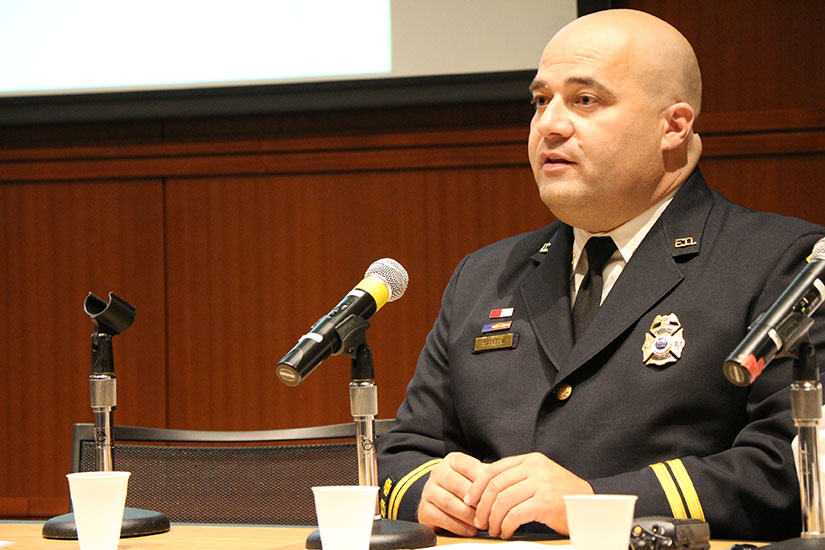
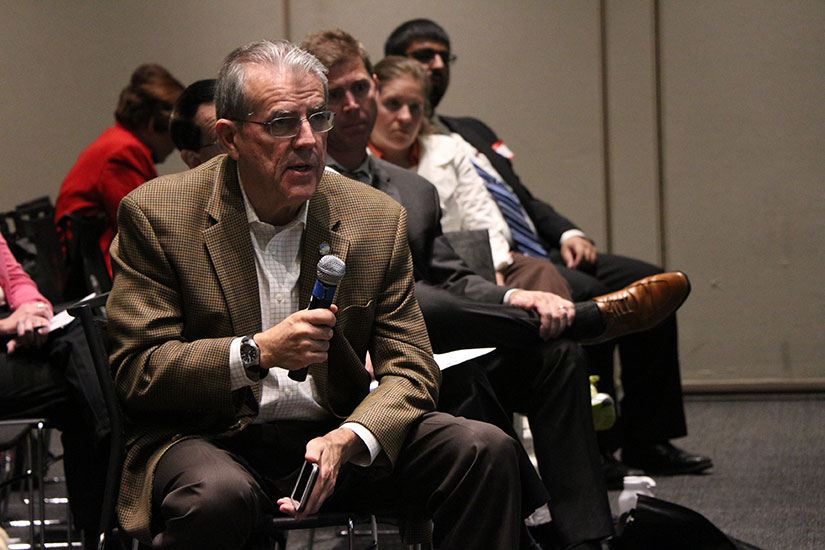

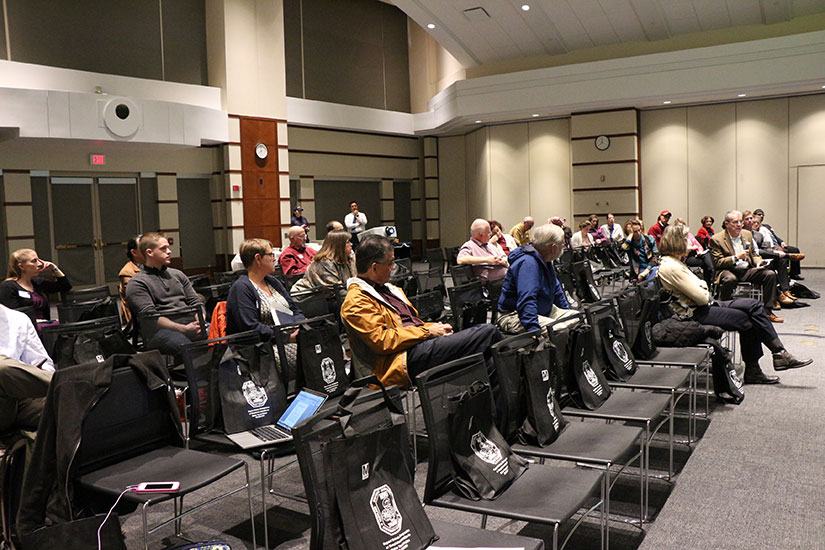
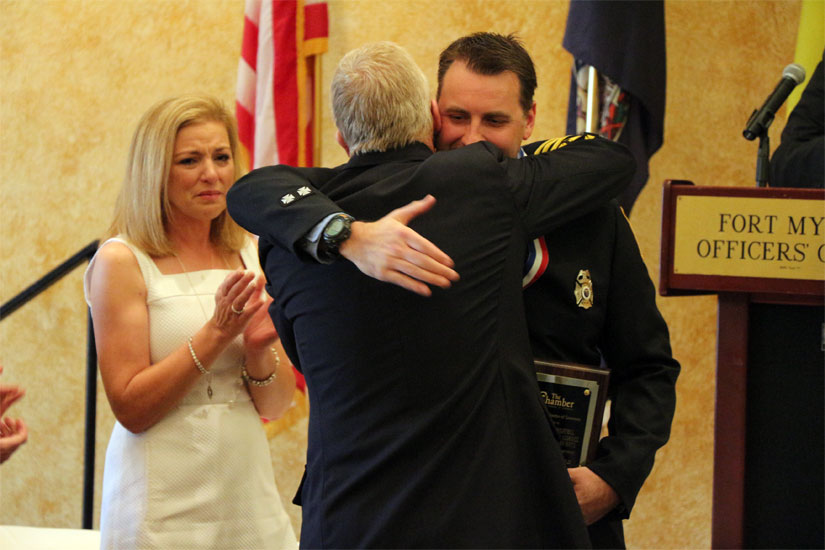
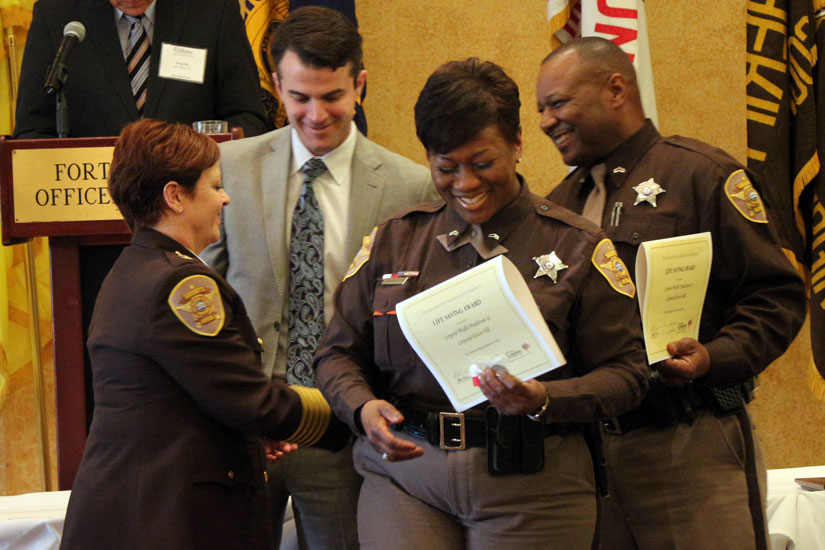
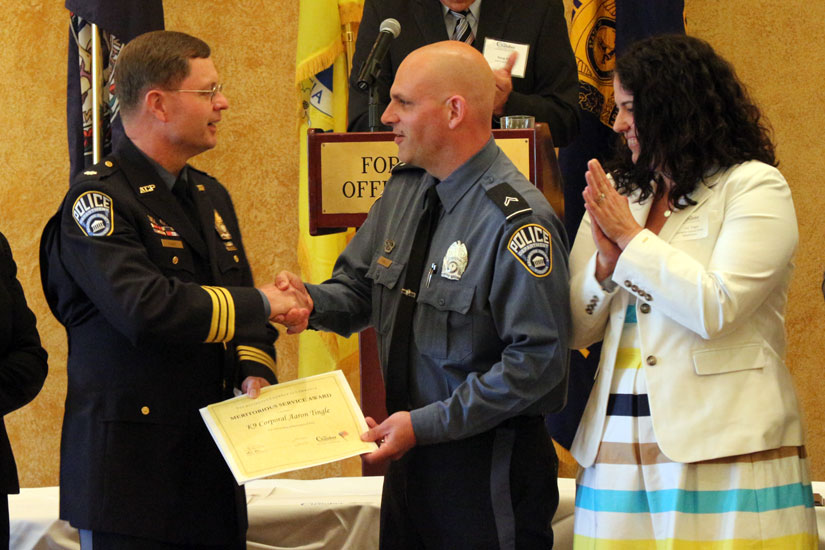
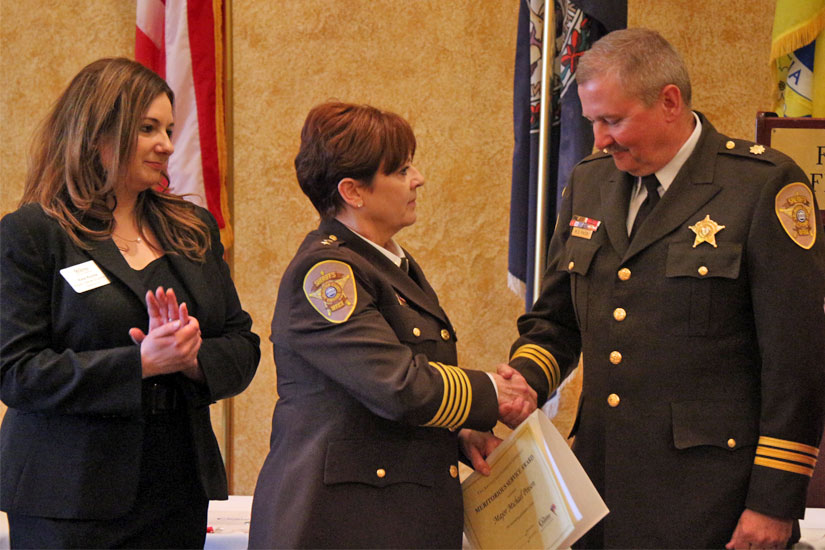
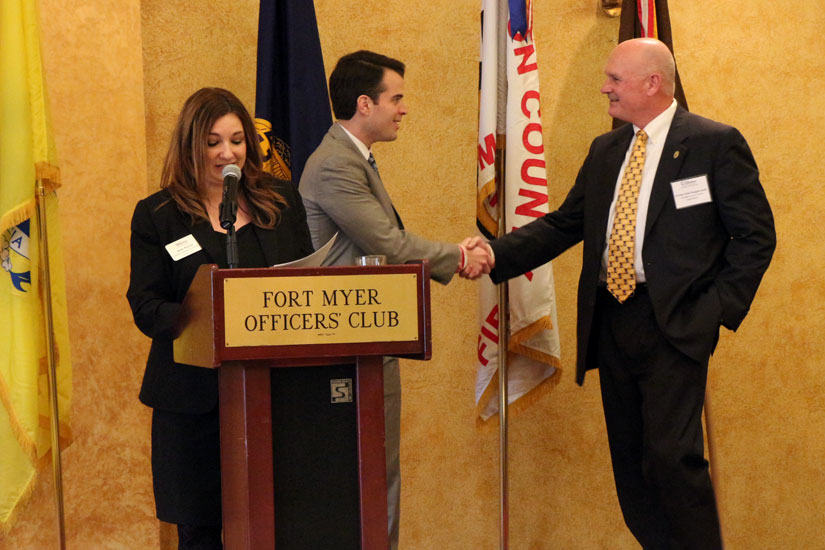

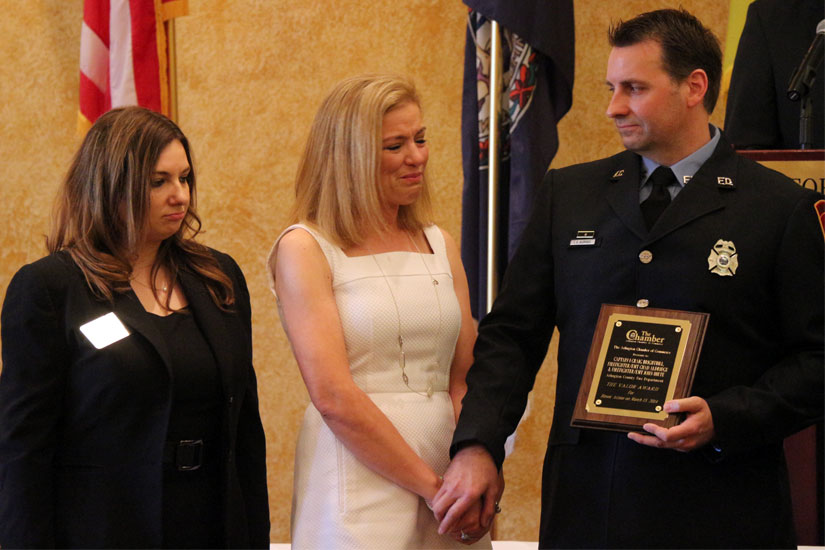
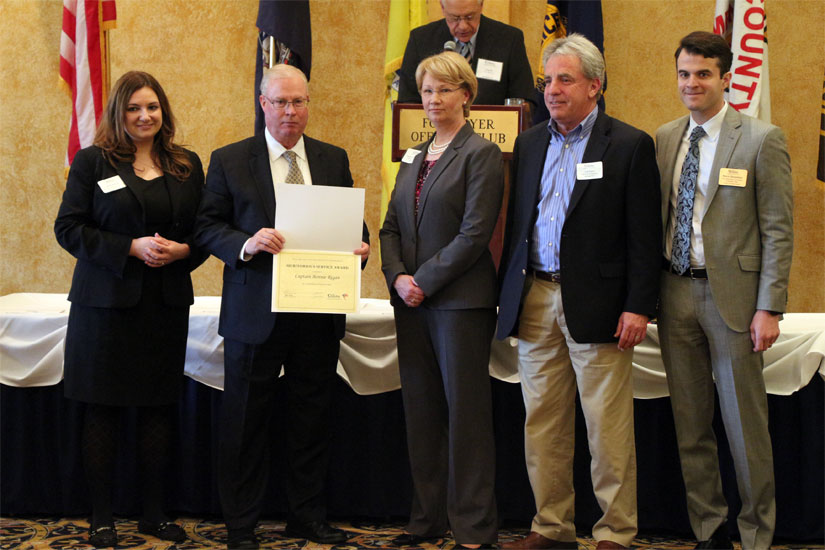
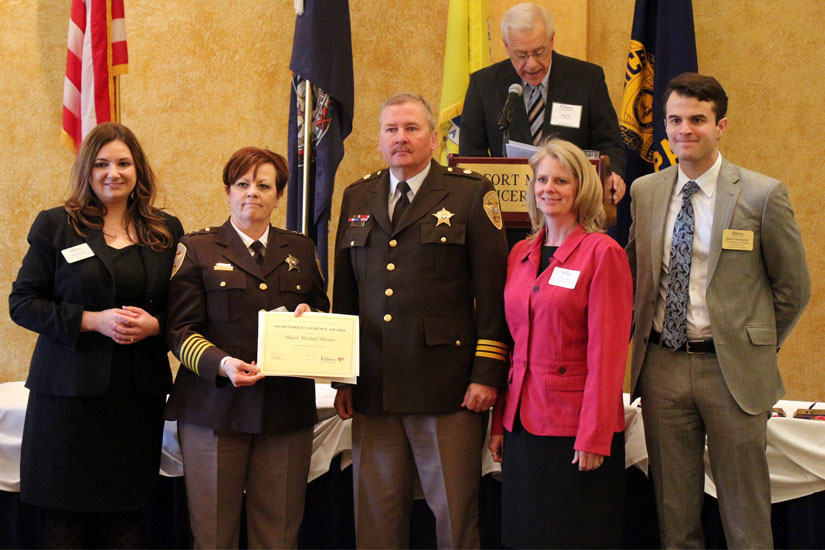
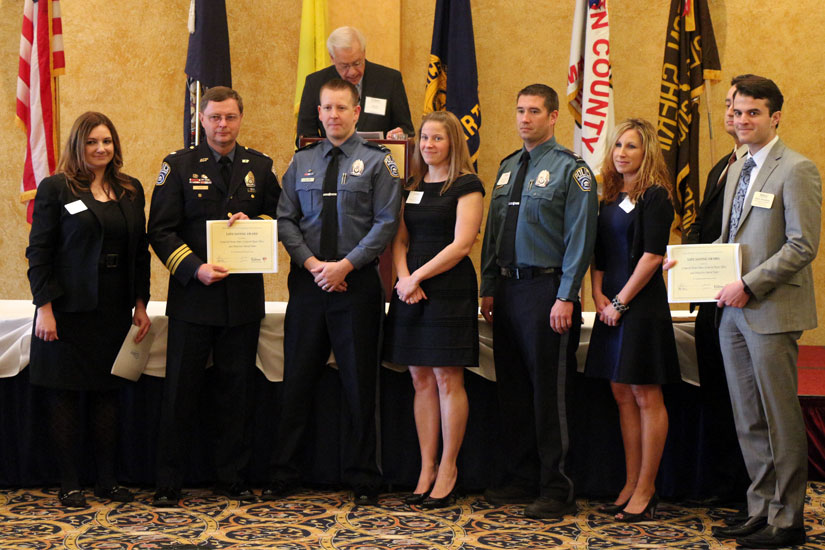
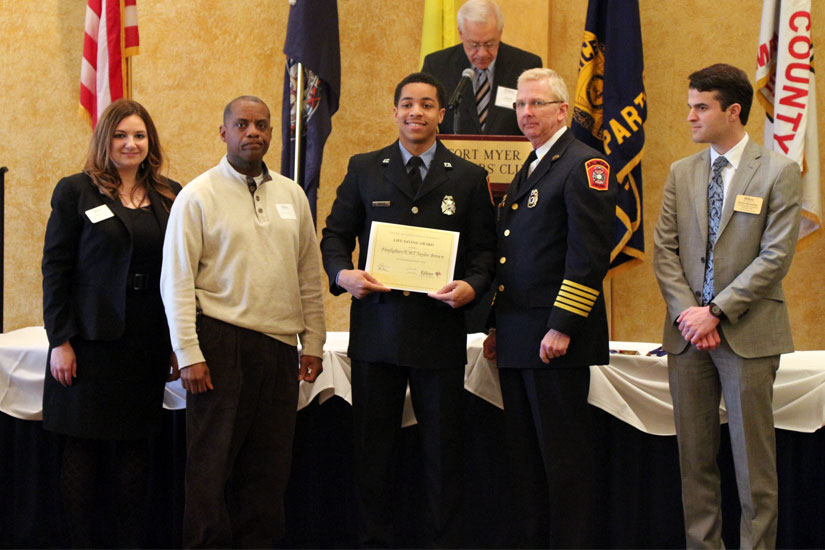
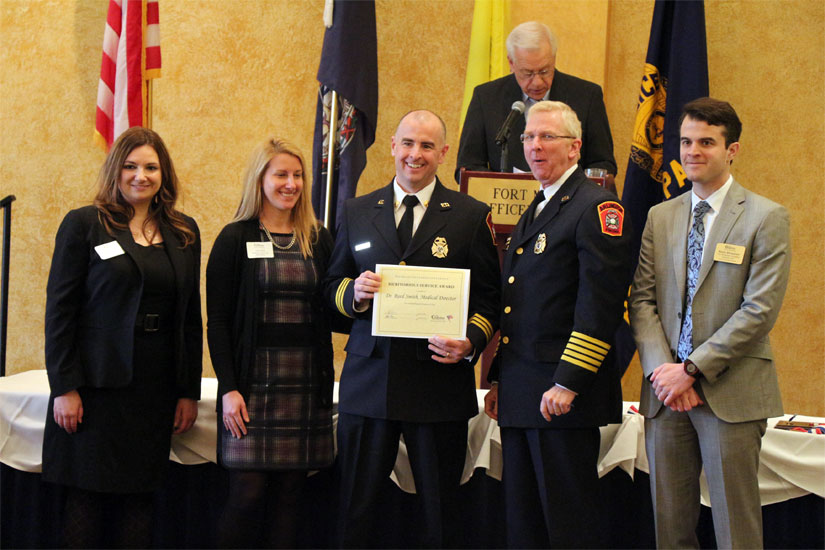
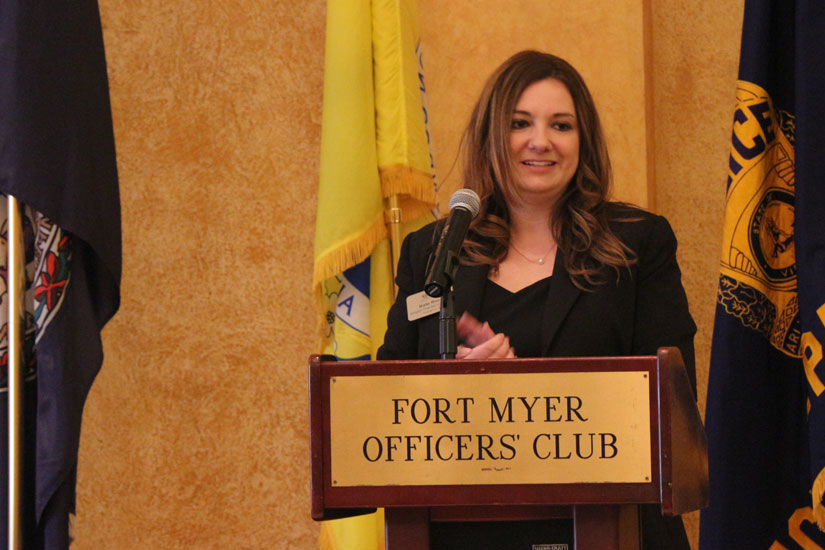
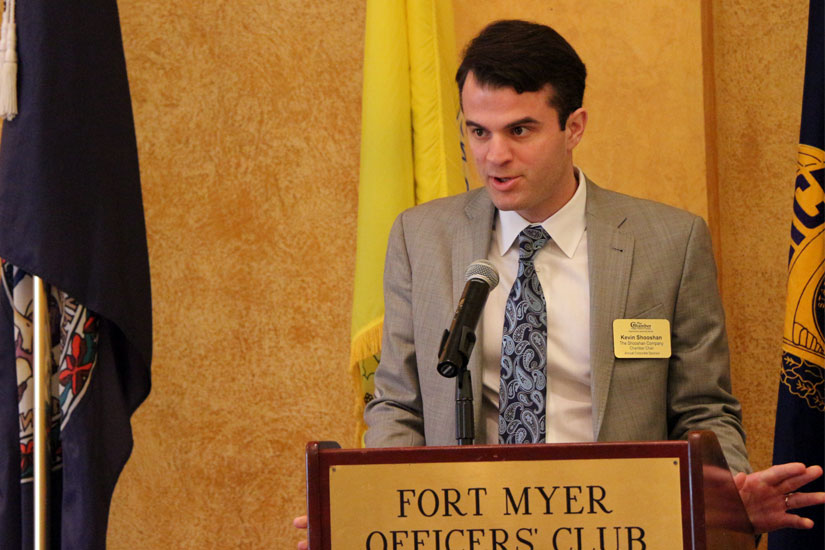

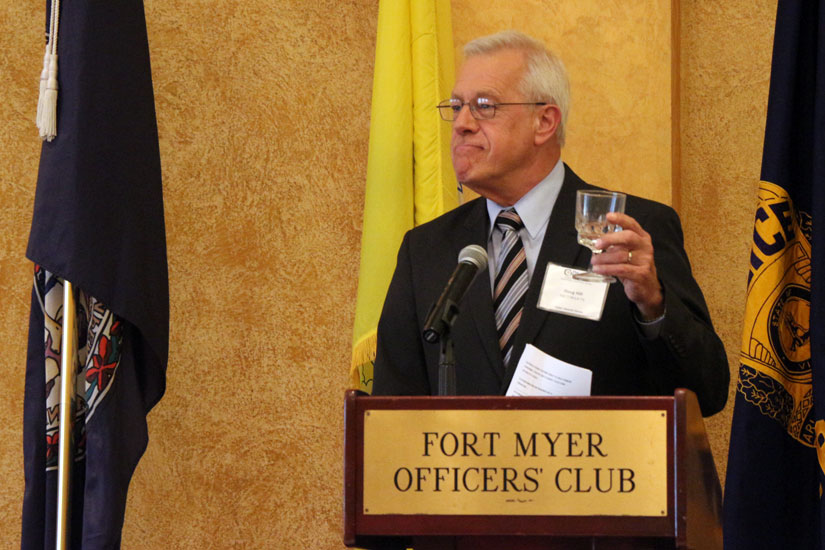
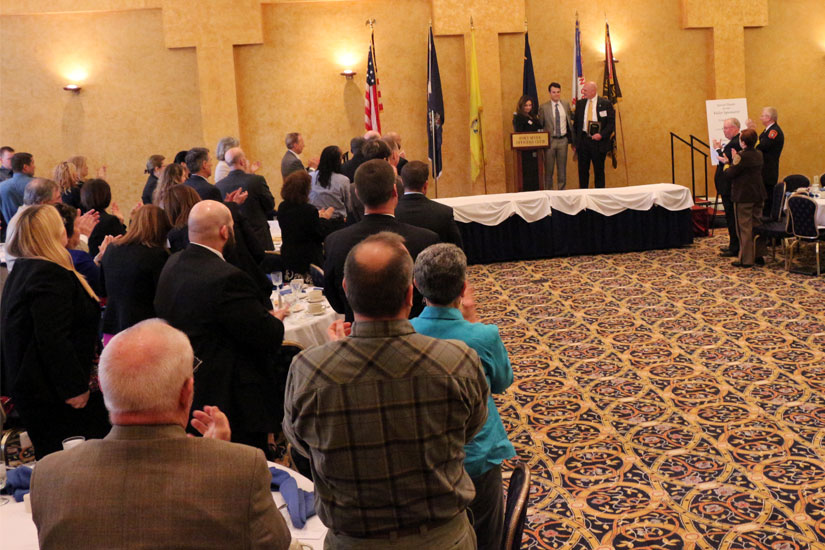
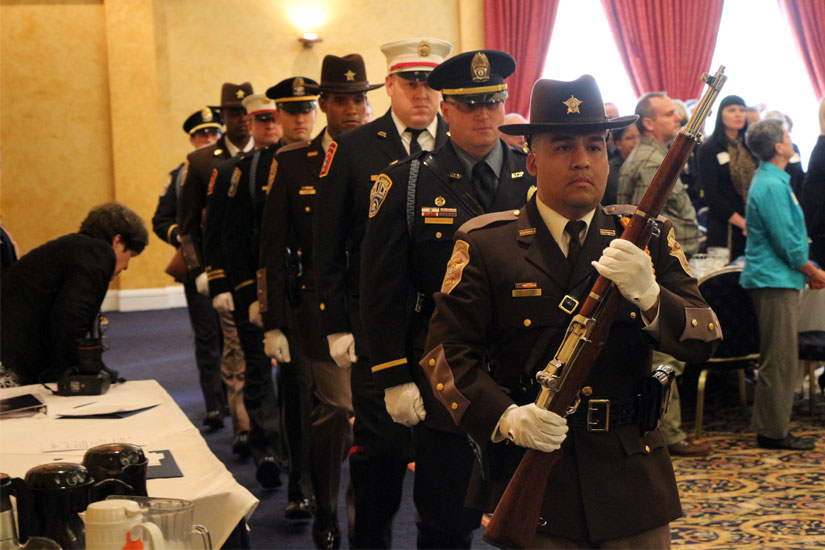
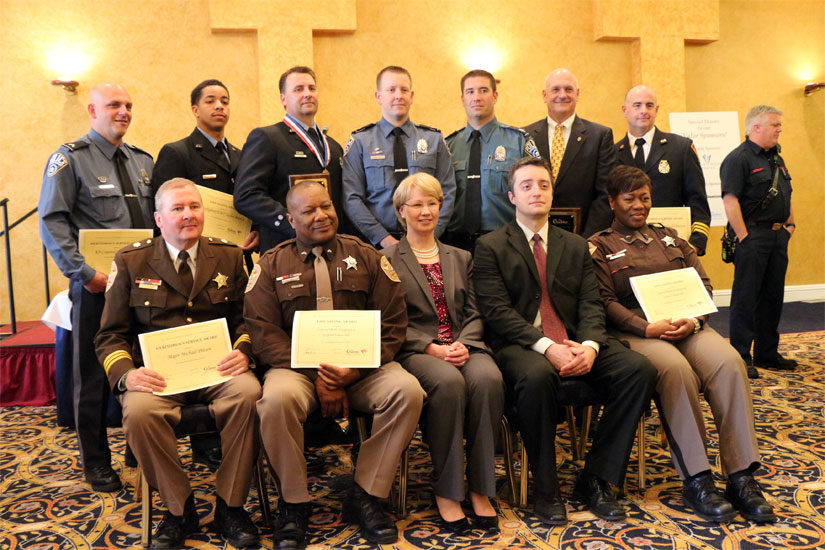


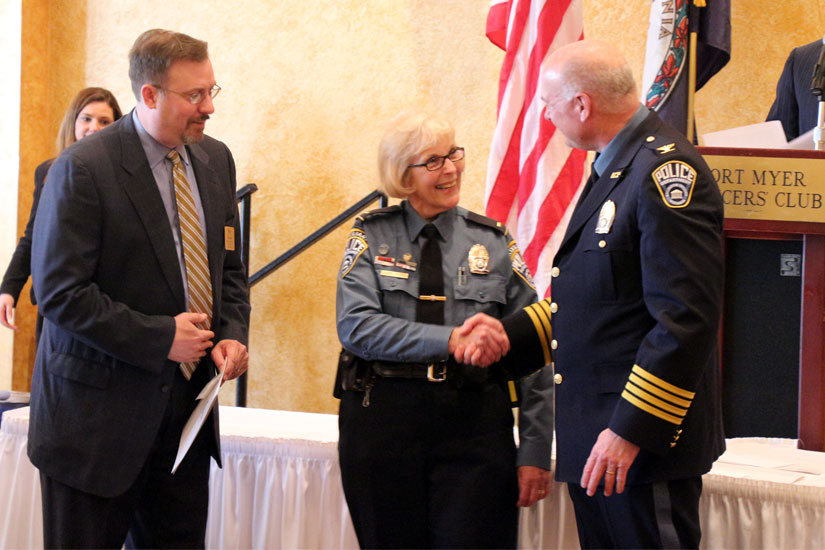









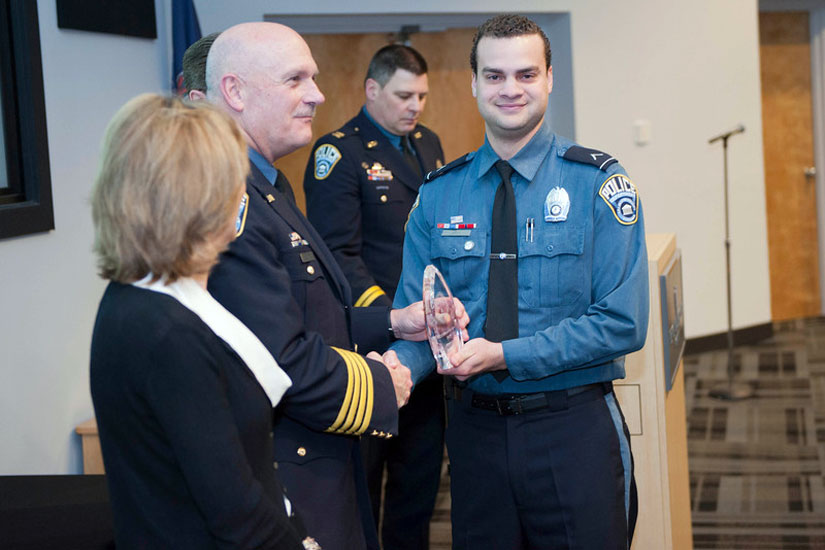
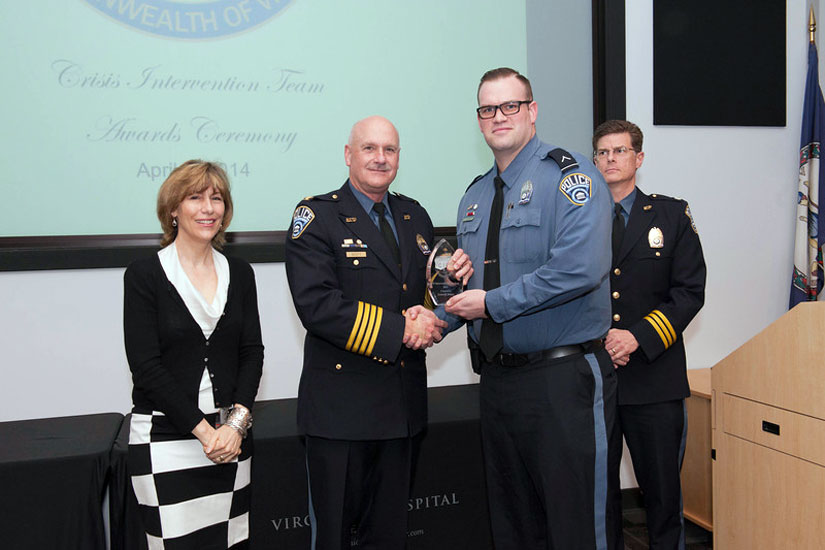
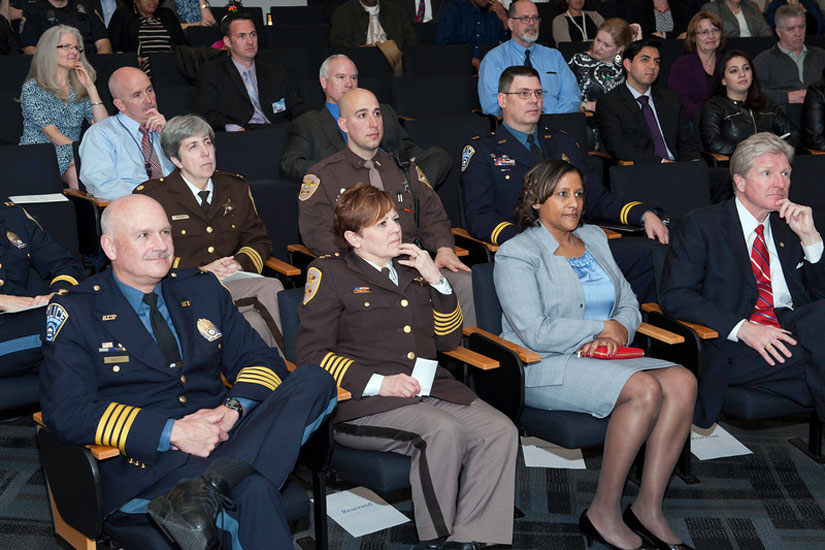
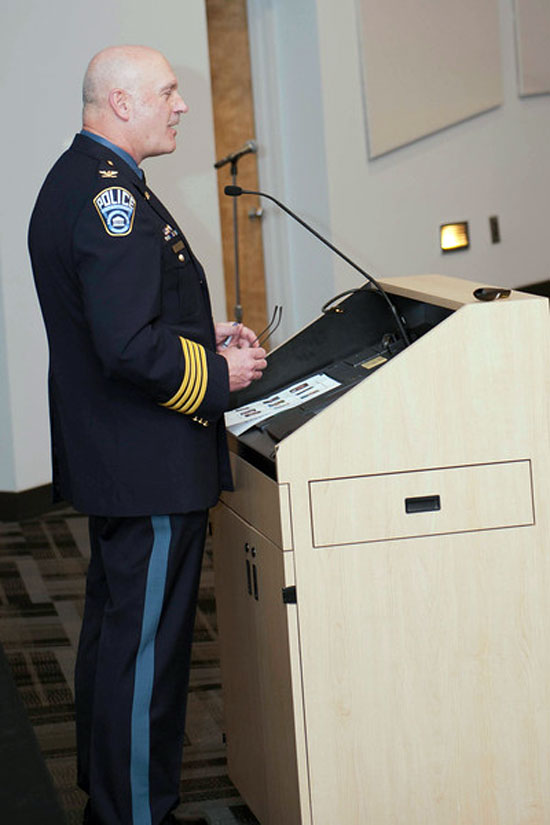

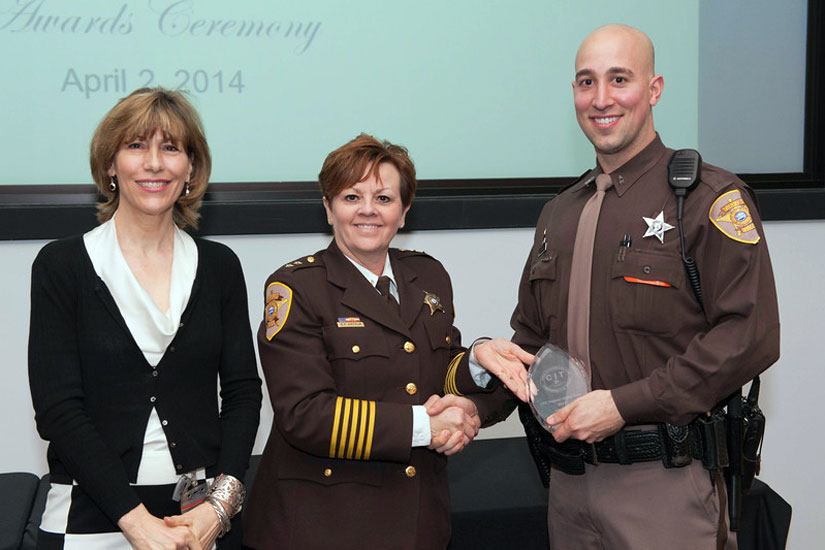
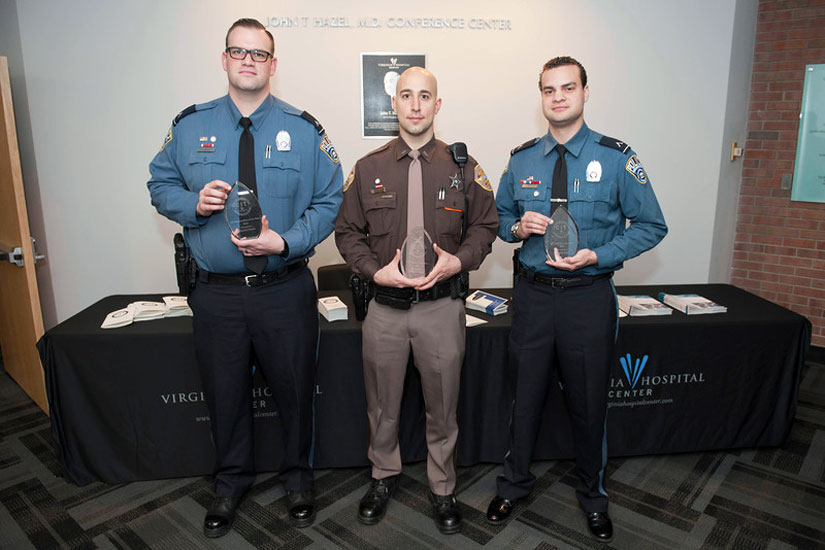


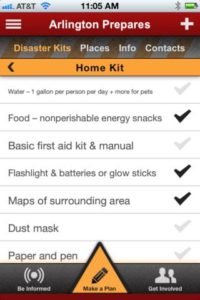 Arlington’s Office of Emergency Management (OEM) encourages residents to make a commitment to being better prepared for emergencies in 2014, perhaps even by making it a new year’s resolution.
Arlington’s Office of Emergency Management (OEM) encourages residents to make a commitment to being better prepared for emergencies in 2014, perhaps even by making it a new year’s resolution.